SUMMARY
This is AI generated summarization, which may have errors. For context, always refer to the full article.
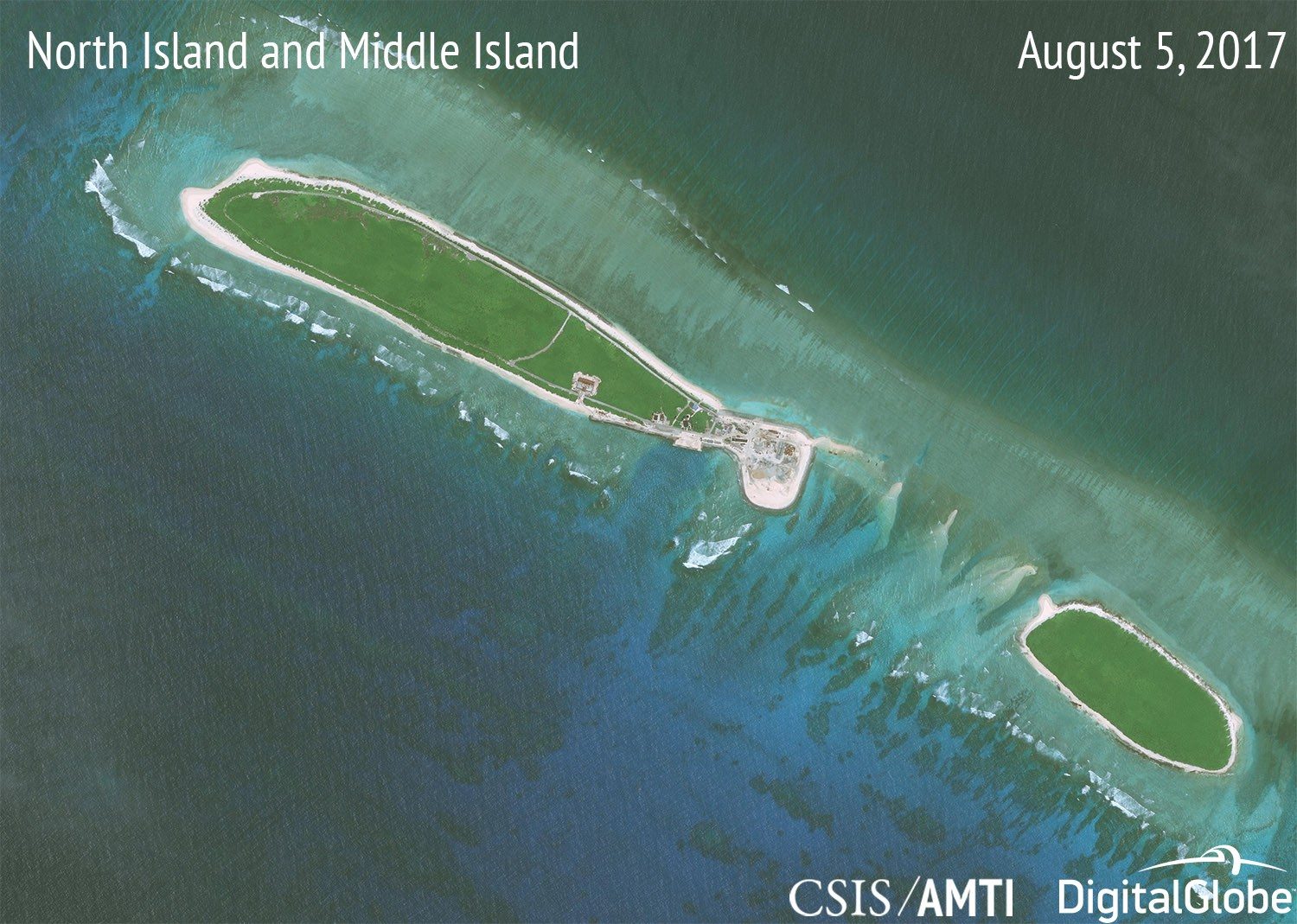
MANILA, Philippines – Refuting claims by both Manila and Beijing, a Washington-based think tank released photos that show China continued its reclamation activities in the disputed South China Sea after mid-2015.
The Asia Maritime Transparency Initiative (AMTI) of the Center for Strategic and International Studies (CSIS) published these images on Wednesday, August 9, as an update to a previous report.
The AMTI photos show that “Beijing continues to reclaim land farther north” of the South China Sea, “in the Paracel Islands,” features claimed not by the Philippines but by Vietnam.
The latest photos published by the CSIS were dated August 5, 2017.
The AMTI issued this report days after Philippine Foreign Secretary Alan Peter Cayetano and Chinese Foreign Minister Wang Yi said China stopped its reclamation activities in 2015.
Cayetano made this claim on Tuesday, August 8, when he justified the Philippines’ initial draft of the recently issued ASEAN ministers’ statement.
The ASEAN statement noted criticism of land reclamation activities in the South China Sea, but Cayetano initially wanted to exclude these from the joint communiqué.
Cayetano explained on Tuesday: “It’s not reflective of the present position. They’re not reclaiming land anymore, so why will you put it again this year?”
Wang also said on Monday, August 7, that “two years ago, China had already completed the reclamation,” and that “maybe the countries that are talking about it are the ones doing it.”
Cayetano, Wang claims ‘false’
Referring to Cayetano and Wang’s claim, the AMTI said, “But this is false.”
The Washington-based think tank said: “AMTI has carefully documented Vietnam’s expansion of its facilities in the Spratlys, including dredging and reclamation work at several islets. But China’s own reclamation work did not end in mid-2015 with the completion of its artificial islands in the Spratlys.”
The AMTI cited China’s reclamation work on Tree Island and North Island in the Paracels.
“AMTI previously reported on work at these features, which has continued in recent months,” the think tank said.
Below, check the progress of reclamation activities on Tree Island from December 2012 to August 2017.
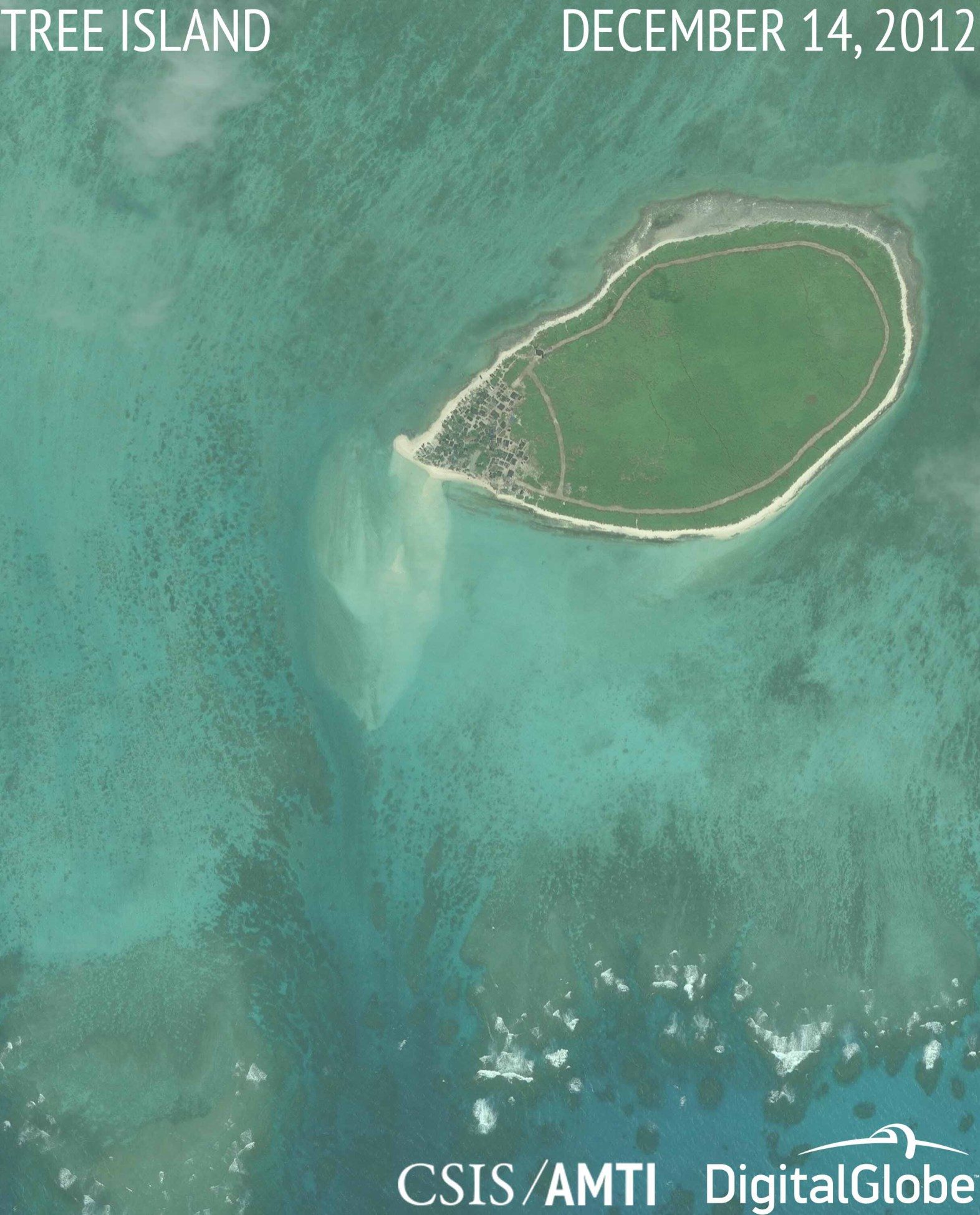

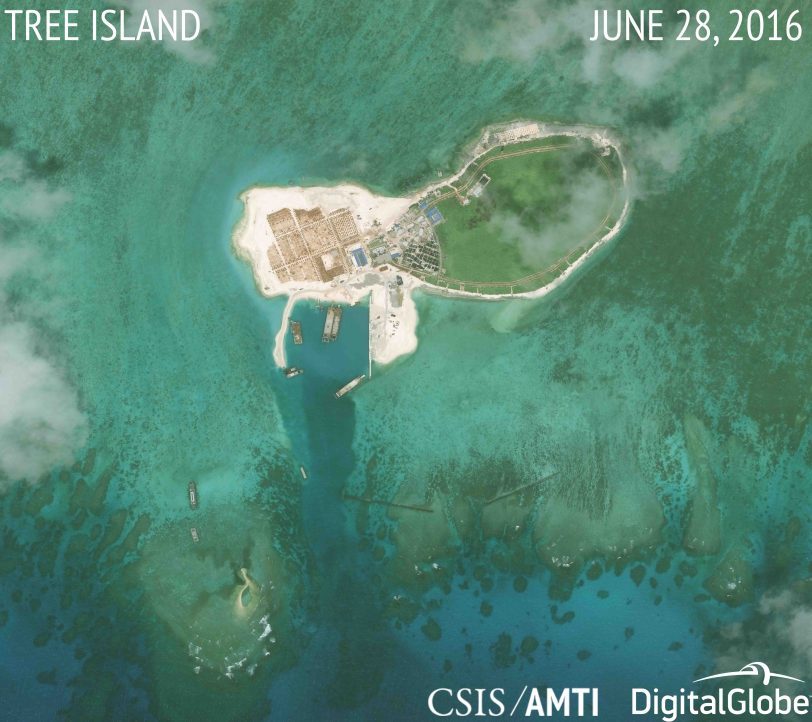
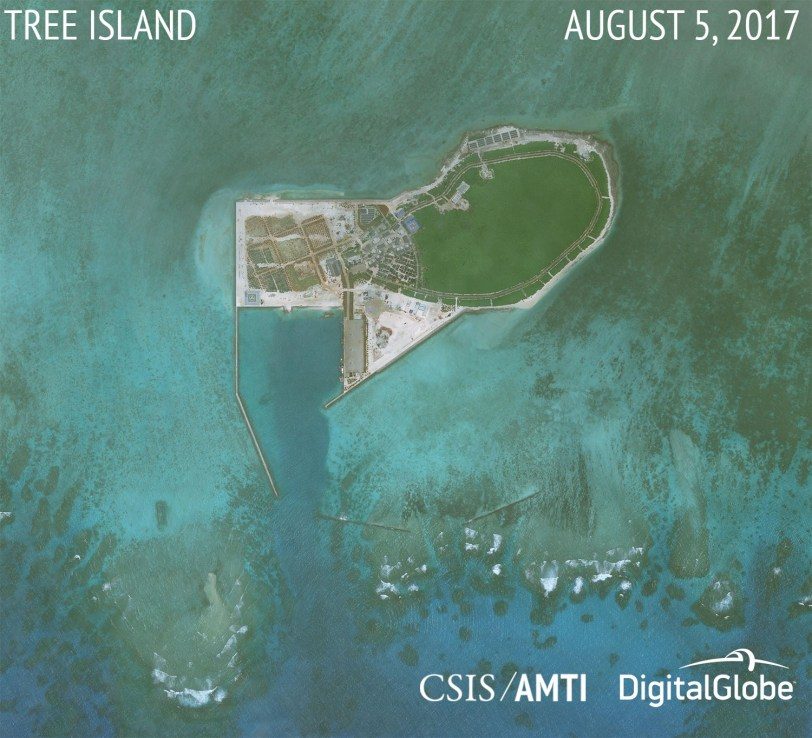
The AMTI pointed out: “In August 2015, two months after Wang Yi claims all Chinese reclamation ended, there was only a small amount of newly-created land on the western end of Tree Island. China has since dredged a new harbor and added about 25 acres of additional land to the island.”
Below, check the progress of reclamation activities on North Island and Middle Island from December 2012 to August 2017:
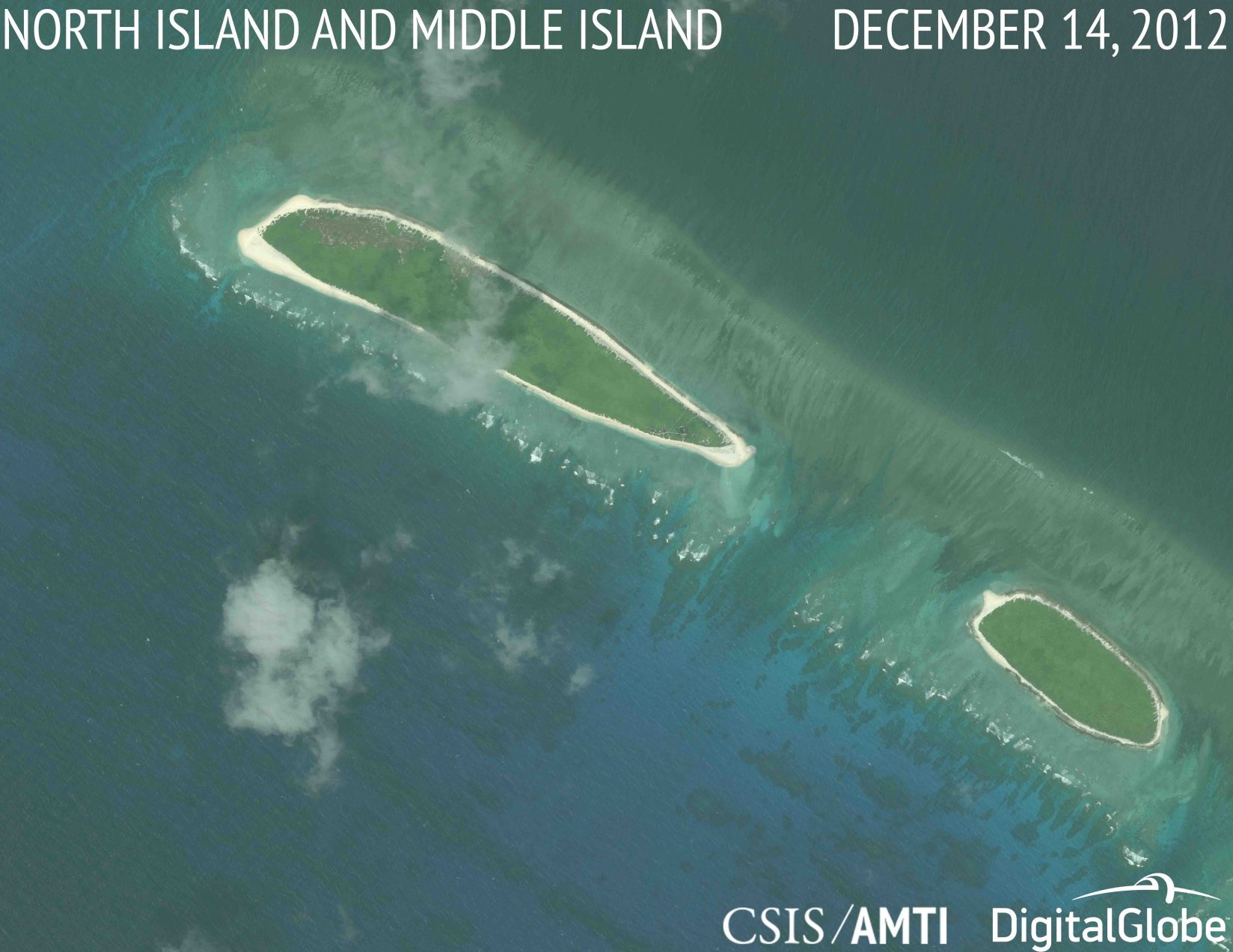
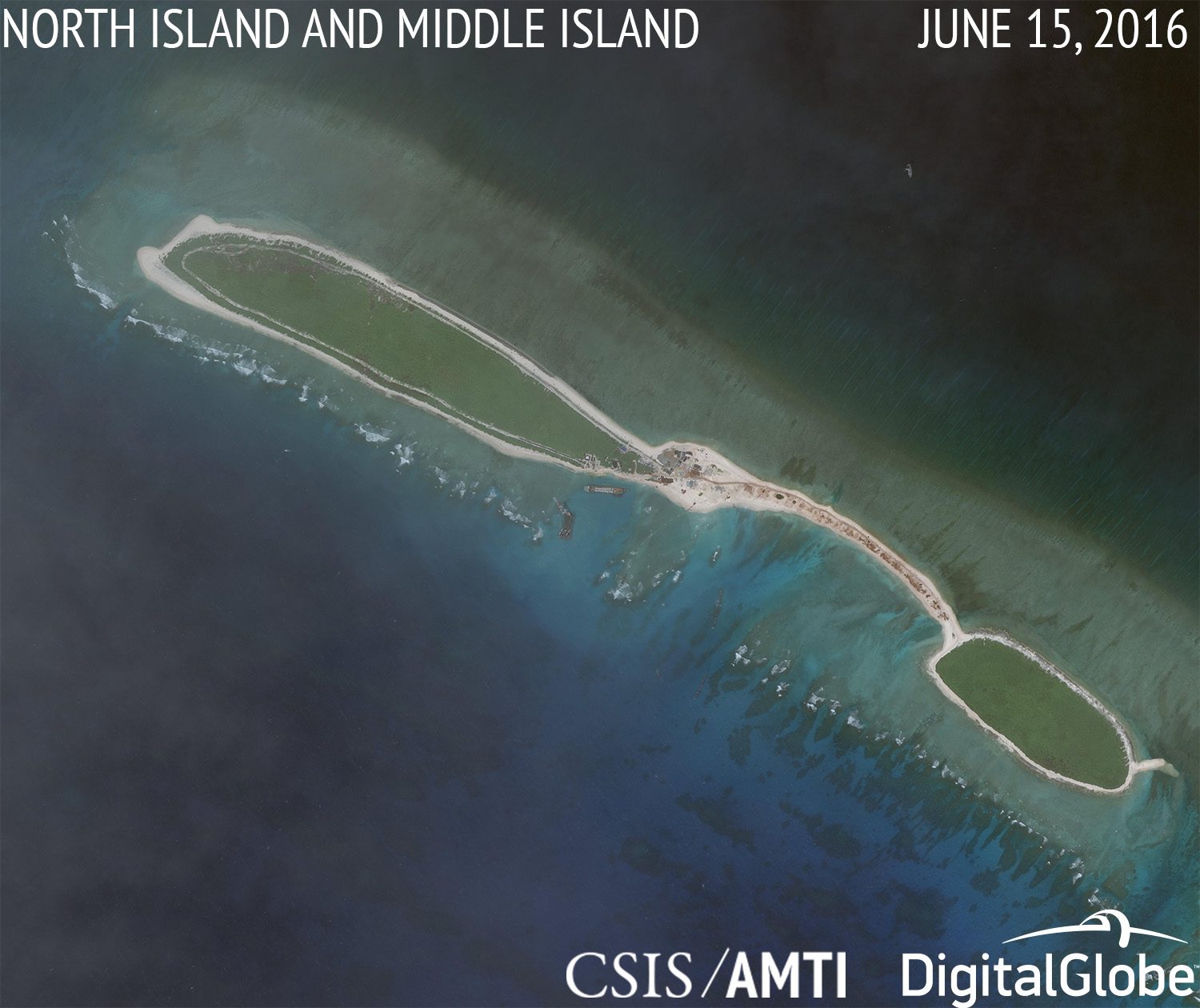
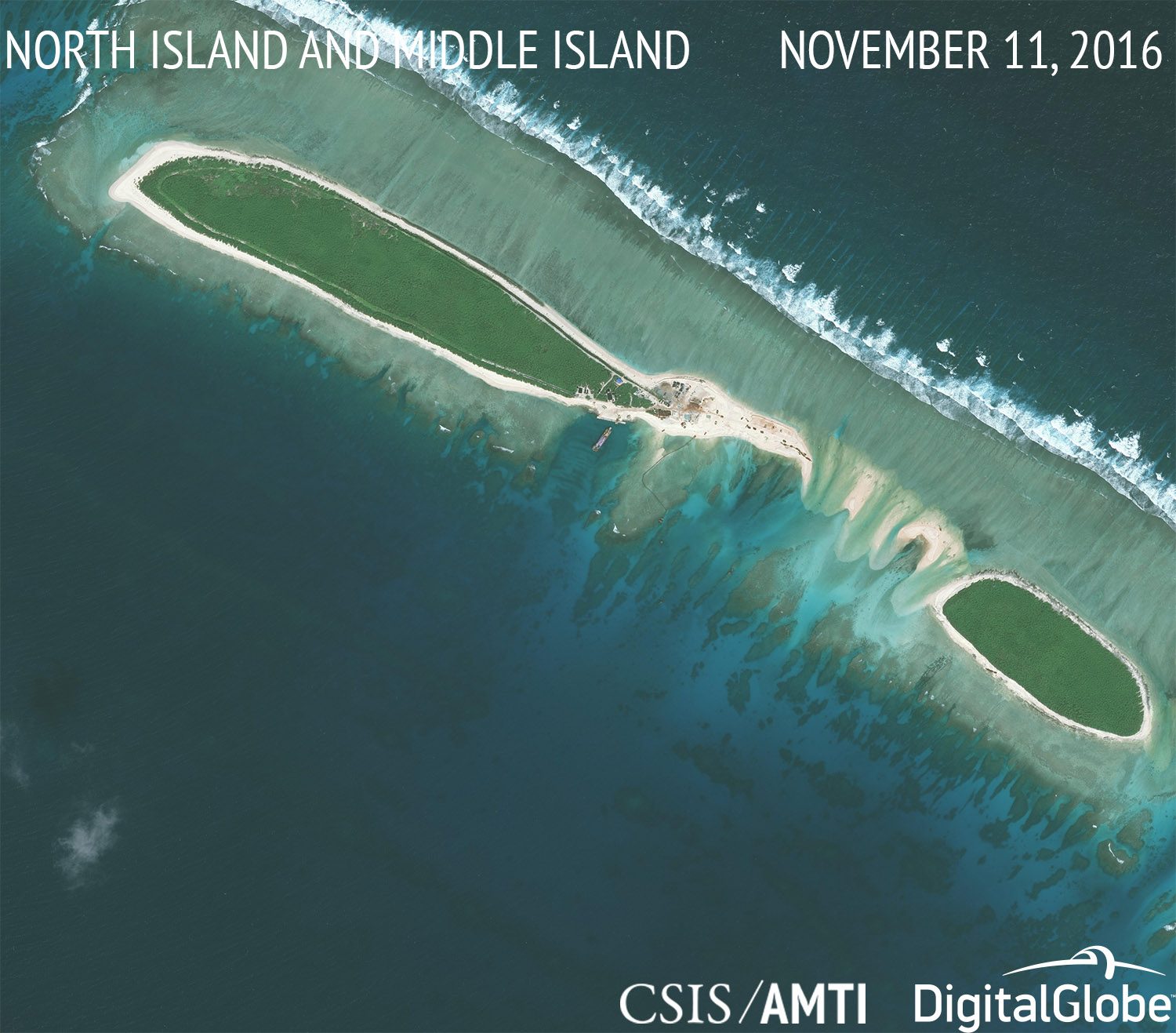

The AMTI said: “China began reclamation to connect North Island with neighboring Middle Island in 2016, but the land bridge was washed out by Typhoon Sarika last October. Since then, China has undertaken additional reclamation on the southern end of North island and built a retaining wall around the seven acres of new land to prevent further erosion.”
Cayetano downplays CSIS images
Cayetano, however, earlier downplayed the images regularly released by the CSIS.
Cayetano said of the CSIS on July 26: “They’re a very good organization. Their transparency program helped us a lot, but they are an American think tank. They are for American interests, not necessarily Filipino interests. Sometimes they go into Philippine interest, sometimes no.”
“So what I’ve noticed about CSIS is they don’t give you all the pictures. So why don’t some of you here ask them, could you give us the pictures or can you tell us what’s happening in the whole West Philippine Sea, in the whole South China Sea, because if they show that, everyone will be protesting against each other,” Cayetano said.
“Because it’s not only China who’s building,” he said.
Contrary to Cayetano’s claim, the CSIS also regularly tracks the island-building activities of Vietnam in the South China Sea.
The AMTI of the CSIS said on Wednesday, “The South China Sea doesn’t only include the Spratly Islands, and for Vietnam, developments on the disputed Paracels are just as destabilizing.”
“Both Beijing and Hanoi have undertaken dredging and reclamation work as recently as early 2017. Neither approaches the scale of what China did from late 2013 to mid-2015, but any such work is environmentally destructive, undermines regional stability, and warrants mention in diplomatic statements,” the AMTI said. – Rappler.com
Add a comment
How does this make you feel?
There are no comments yet. Add your comment to start the conversation.